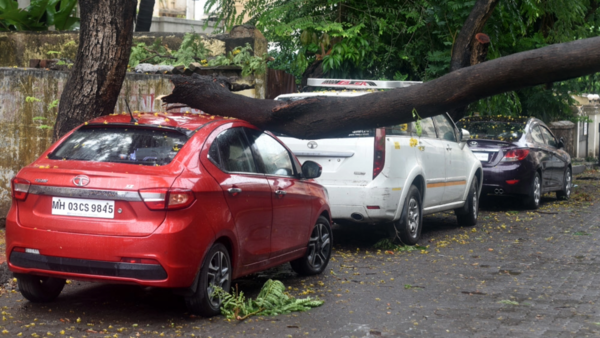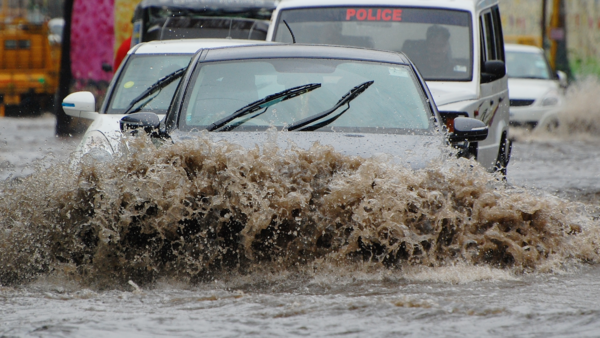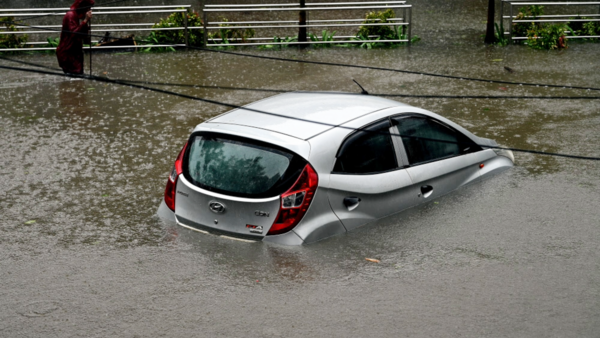
Tips to protect your car from flood damage:
• Look for higher ground to park
• Use bricks for cars with low ground clearance
• Use car cover or tarp
• Protect the cabin and fabric components
• Do not start your car when submerged
• Choose the right insurance
• Stick to first gear and keep it on the boil
Dubai turns Mecca for Porsche fans, Mission X, Vision 357 and more: Icons of Porsche 2023 | TOI Auto
1. Look for higher ground to park:
If you are in a situation where it is difficult to relocate your vehicle away from a flood risk zone, then look for the nearest high ground to reduce the risk of water logging leading to damage to your car. Water also tends to flow away from high ground and you have a better chance of protecting your investment.
2. Use bricks for cars with low ground clearance:
Another simple trick to give your vehicle the best chance at survival is to use bricks and elevate its distance from the ground by driving over them. This can be the difference between total loss and protection for cars with low ground clearance.

3. Use car cover or tarp:
While it may seem redundant but using a car cover or tarp can protect your car against falling branches, hail and other objects that can fall and damage your vehicle. This will also protect your cabin from damage incase any of the windows get cracked and compromised.
4. Protect the cabin and fabric components:
The added layer of protection using a cover will also protect the vehicle’s fabric components that can get ruined after being drowned. Flood water leaves behind a bad odour and even bacteria ingrowth and it is crucial to protect the fabric elements of a car.
5. Do not start your car when submerged:
In case your vehicle gets submerged but not all the way, does not mean your should start and try to drive away. Even if your car is only submerged till half of its tyres and the exhaust isn’t completely in water, you should not attempt to turn it on. Switching thew ignition will suck in water from the air intake and that water can enter into the cylinder and completely damage the engine. There won’t be any cheap repair for this.

6. Choose the right insurance:
Many car owners opt for the cheaper third-party insurance which does not cover damages caused by natural calamities such as cyclone or even rainfall induced damage. If you have a third party insurance then immediately update it to a comprehensive policy to protect your investment against flood damage. Comprehensive insurance for your car protects its value against total loss due to natural calamities.
7. Stick to first gear and keep it on the boil:
In the case where water starts to recede and it is safe to turn your vehicle on, then stick to the first gear when wading through waterlogged streets and areas. Keeping a steady pace and foot on the throttle will ensure that no water gets sucked into the system from the exhaust and that you and your family reach dry land without any hiccups.

